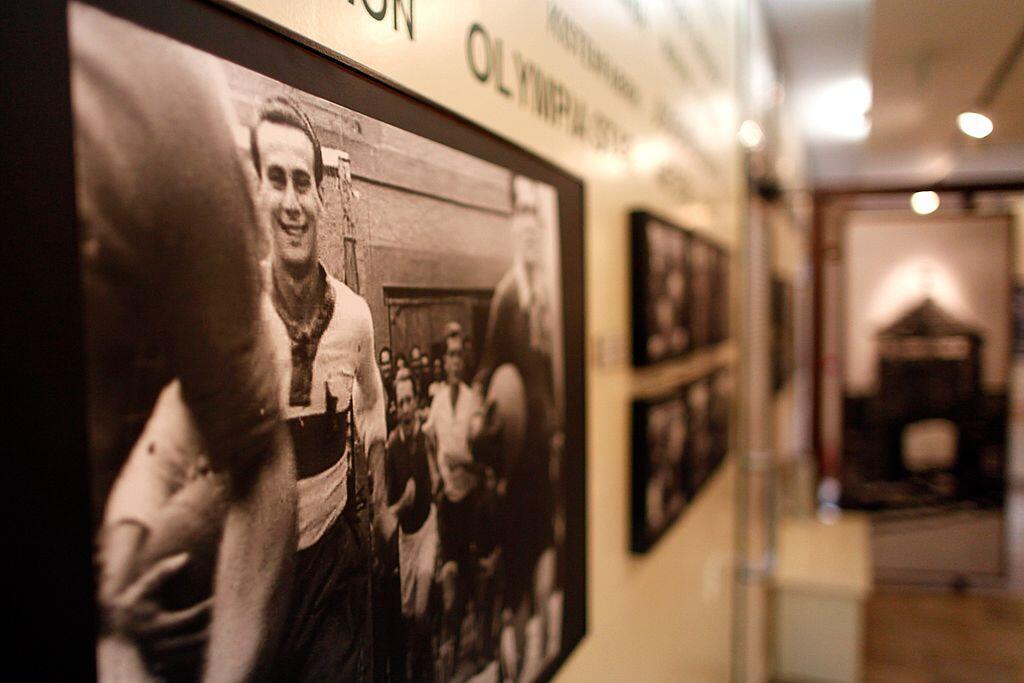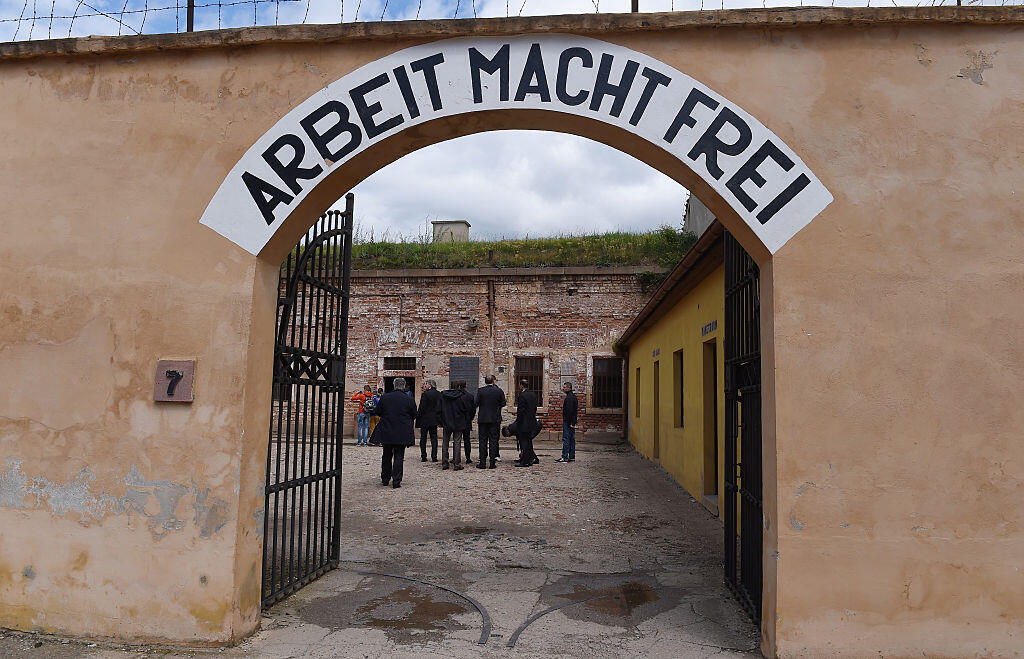This is the story of unimaginable contrast, highlighting the harsh cynicism of the Nazi propaganda machine. In the dire setting of Theresienstadt concentration camp in Czechoslovakia, amid the shadows of hunger and the looming threat of extermination camps, a soccer league emerged as a beacon of morale. From 1942 to 1944, every Sunday, these matches drew thousands of young onlookers, offering a fleeting escape from their harrowing reality.
Regrettably, like many narratives from the Nazi era, this story concludes without a happy ending. Of the 144,000 individuals who were processed through the camp – ostensibly presented as a ghetto – 90,000 were sent to their deaths in extermination camps, while another 35,000 perished or were executed within the camp itself. After its liberation, only 19,000 Jewish survivors remained, bearing witness to the extraordinary existence of a football league amid the brutality of the Nazi regime.
Theresienstadt was far more than a mere ghetto; it was strategically used as window dressing to the world, an attempt to counteract the grim rumors about the realities of life under Nazi control. The camp was alive with a vibrant cultural scene that included music, theatrical performances, youth journalism and cultural events. All of these were manipulatively showcased by Nazi propaganda to paint a misleading picture of life inside the camps. In a striking act of cynicism, the 1943 film documenting the camp was directed by Kurt Gerron, a Jewish filmmaker who was subsequently sent to Auschwitz.
Among the league's standout players was Petr Urban, a Jewish prisoner who not only survived Theresienstadt but also the infamous Auschwitz and Birkenau death camps. He lived until April 2017, and died at the age of 96. Reflecting on his experiences, he told Ynet in 2013: "It's a miracle I survived to tell my story. Few people survived what I went through in the Holocaust."
Within the confines of the ghetto, Urban's role was pivotal in securing job placements for the youth. His prior experience as a footballer for Maccabi Brno made him a sought-after addition to the teams in Theresienstadt before he transitioned to the Jugendfürsorge (Youth Welfare) team. The league, initiated by a Jewish prisoner named Fredy Hirsch, featured teams named after the various professions of its founders, such as the cooks, gardeners and butchers. Additionally, some teams bore the names of Jewish sports associations like Maccabi, Sparta, Rapid and Hakoah, among others.
Initially, the league was composed of 12 teams, each with seven players. Occasionally, there were "international" matches between teams categorized by their national origins, such as Austrian Jews versus Czech Jews. The dire conditions of hunger and disease, and the constant departure of trains to extermination camps, led to frequent changes in team lineups.
"Every Sunday, thousands of ghetto residents came to enjoy the football games," reminisced Urban, who was 21 at the onset of the war and was also skilled in tennis and various other sports. "It was extremely crowded because everyone wanted to see the players. People cheered and applauded as if it was the most important thing at that time. Players were revered, and everyone loved to be near us and request autographs."
Bidding farewell to Theresienstadt
Of course, there was often a forced buzz on the spectators. When the Nazi regime's filming crews arrived, the Jewish prisoners were instructed to clean the streets and display joy in front of the cameras. Yet, according to Urban, football became the main cultural event in the ghetto, providing a brief escape from the hardships, diseases and fear of death. "We provided some joy in a place where it was impossible to be happy," he said.
Late Petr Urban speaks on the camp
(Video: Oz Mualem)
As the months went by, and following the deaths of many Jews who participated in the games, the number of teams in the league was reduced to just six, until the activity was completely halted. Urban left the ghetto on the eve of Yom Kippur in 1944 and was sent to the Birkenau camp, where he was offered to play football in exchange for better conditions. "But I realized it was an extermination camp and I refused," he recounted in that interview. "Here I was afraid that if I didn't score a goal, it would be the end of me."
After the end of World War II, he changed his name from Eisenberg to Urban (after a famous Czech writer) and returned to Czechoslovakia. He began studying at university, married Eva, and in 1949 moved to Israel. Urban settled in Ashkelon, and after more than a decade, he established a construction company. The couple had three children, nine grandchildren, and 11 great-grandchildren.





